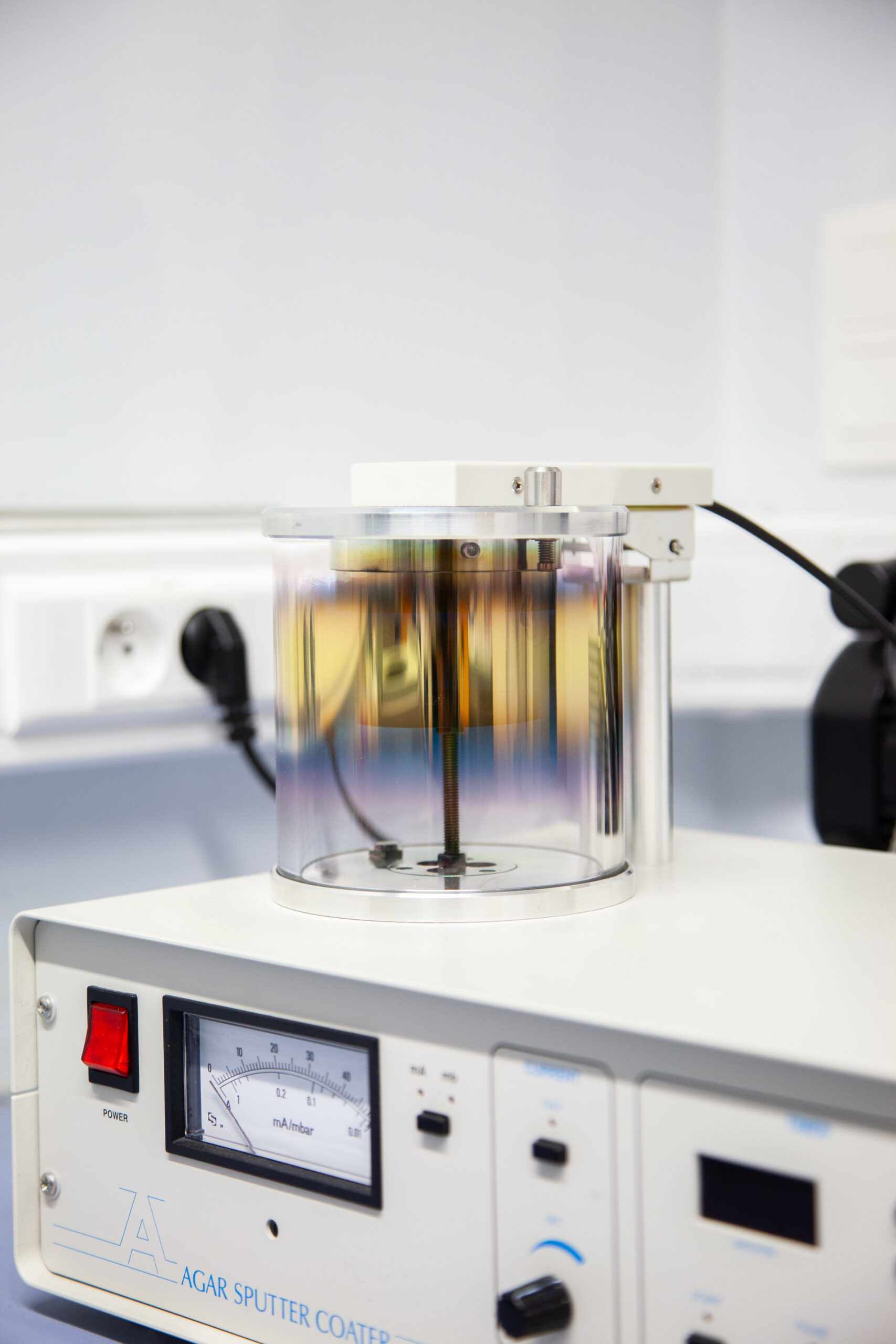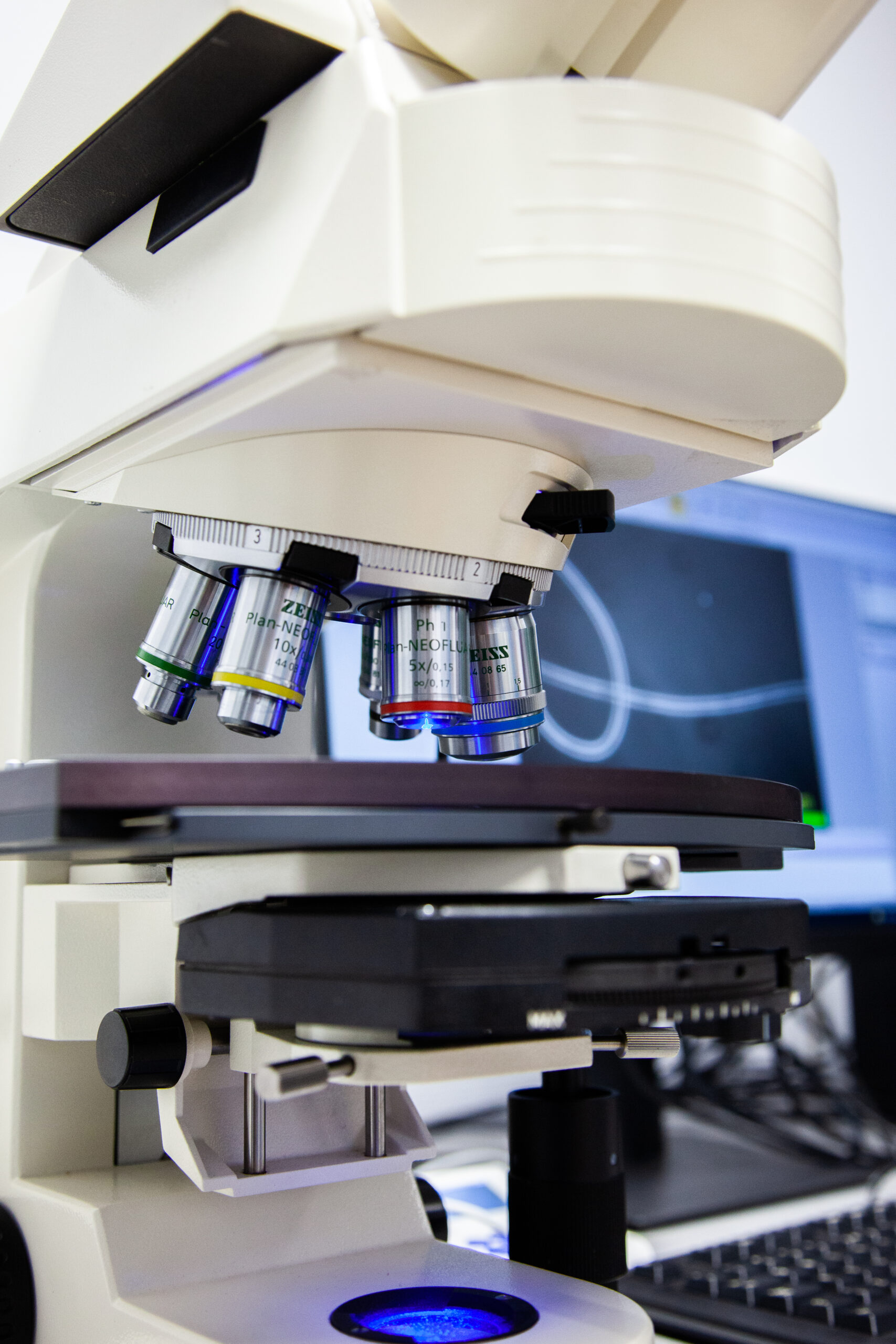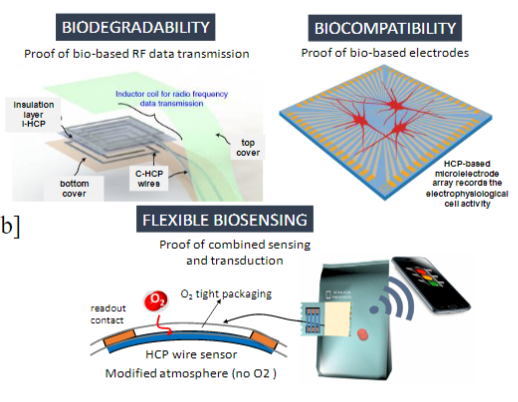Our Ambition
The future of electronics
Building on recent discoveries in microbiology, PRiNGLE will design a new class of protein materials with tuned electronic properties and test their integration into electronic devices.
The PRiNGLE team strives for a novel all–protein electronics technology (PROTEONICS) that provides unrivalled biodegradable, biocompatible and biosensing functionality.
A radically new technology
The project aims for PROTEONICS, a completely bio-based technology in which protein components can provide all types of electronic functionality (insulating substrate and gate dielectrics, semiconductors, and conductors).
This innovation will lead the way for electronics to an essential transition from fossil-based to bio-based economy, enabling radically new production and recycling pathways. We envision applications in electronics industry, biosensing, health care and smart packaging. We will work on a transformation pathway with stepping stone market introductions and rapid R&D amplification.
The transformative effect on society and economy

CO2-neutral production of electronic components
PRiNGLE initiates an entirely new form of carbon-based electronics, enabling the production of electronic components from bio-based resources in a CO2-neutral manner. Bio–based production has the additional advantage that it can be done in an aqueous medium at standard temperature and pressure, reducing energy requirements, eliminating the need for precious metals, and making the harsh solvent chemistry of traditional electronic materials redundant.

PROTEONICS has radically different properties
We foresee breakthrough applications in conductive foils (touch displays), the biomedical realm (biocompatible electrode interfaces), and packaging industry (biodegradable RFID tags and sensors). In the longer term, PROTEONICS has the potential to revolutionize applications in medicine and neuroscience (metal-free implants), healthcare (electronic skin patches), textile (smart clothing), and environmental protection (dissolving sensors).

The stretchable, flexible, light-weight and biodegradable PROTEONIC fiber can become a game-changer across industrial sectors. We envision conductive films for touch screens and solar panels, biodegradable RFID and NFC tags, healthcare wearables (skin patches for patient monitoring, e-bandages for improved wound healing), smart packaging in the fresh market, biomedical diagnostics (where conductivity is coupled to a receptor for biomarker binding) and e-textiles and e-skins capable of electrically transducing external stimuli.

Bringing together scientific excellence
PRiNGLE wants to realize a challenging science-towards-technology breakthrough: take the conductive fibers out of the natural bacteria and turn them into an electronic base material.
PRiNGLE brings together teams with scientific excellence to combine biotechnology (synthetic biology, protein engineering), physics (molecular dynamics simulations, electrical and mechanical property characterization), and engineering (component patterning, device fabrication and characterization) to demonstrate that protein structures with a designed shape and functionality can serve as basic components for bio-based electronic circuits and devices.

Output
Our results will be open access: once available, published papers, and reports will be listed on this website. The list will be updated as the project progresses. Meanwhile, background information relevant for PRiNGLE can be accessed on our website.


PRiNGLE is a four-year international project to design a new class of protein materials with tuned electronic properties, investigate and develop integration of these materials into electronics.
This project receives funding from the European Union’s Horizon Europe EIC PathFinder funding scheme with grant agreement No 101046719.
© 2023 PRINGLE PROJECT | Privacy disclaimer

